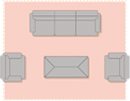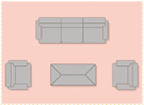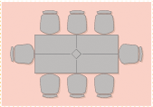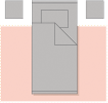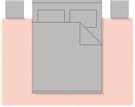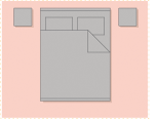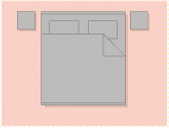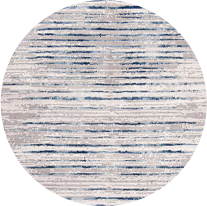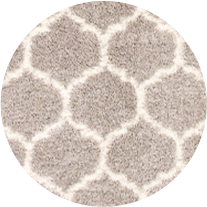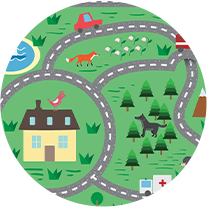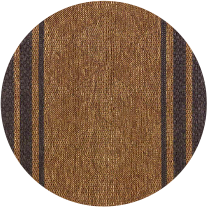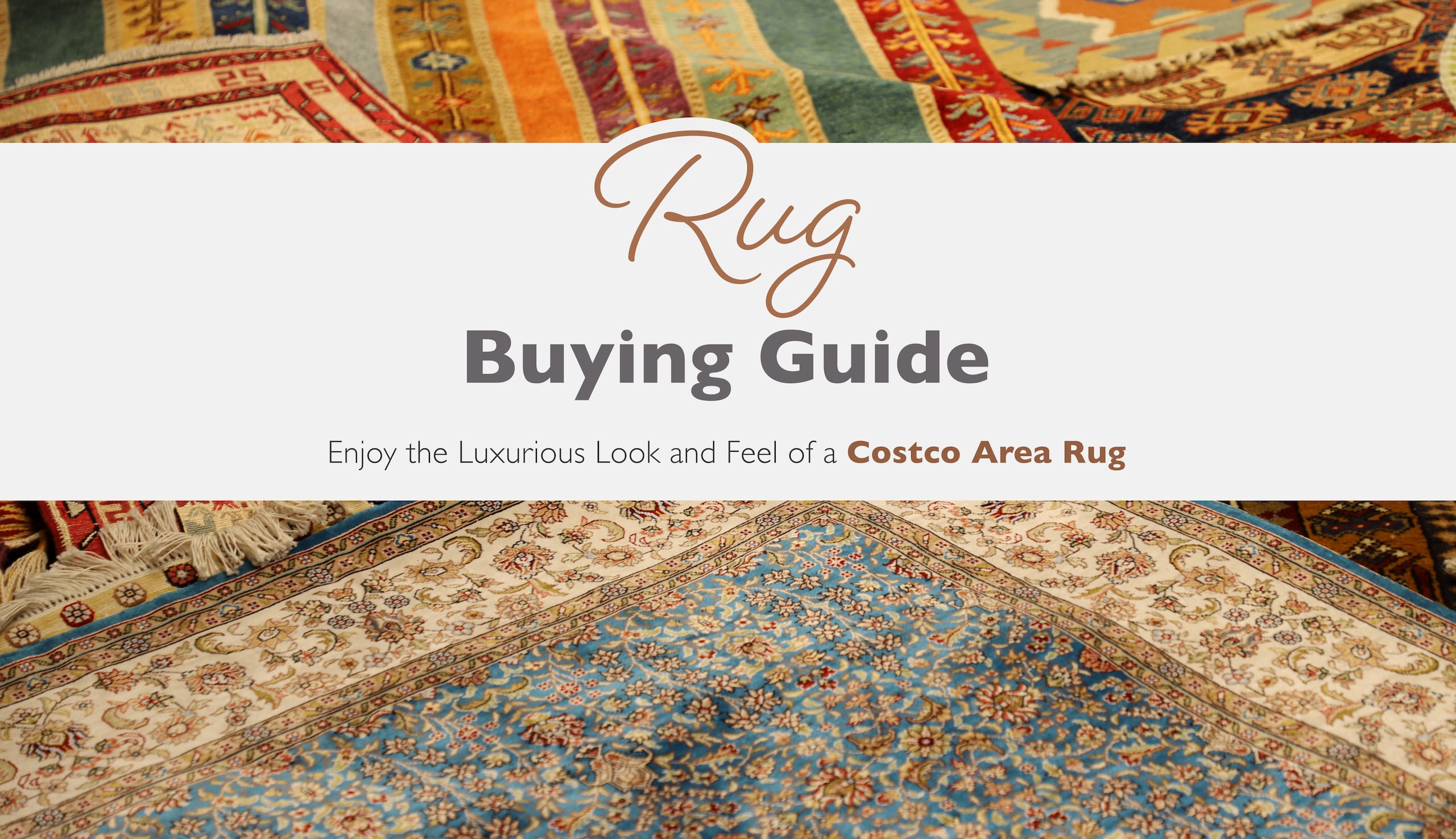
There are many elements to consider when decorating a room, from colour and lighting to art and furniture, and a well-chosen area rug can bring all those elements together to create a beautiful and harmonious look. From a decorating perspective, rugs are considered to be the foundation of any room, setting the tone for colour and style. They can add texture, depth, and atmosphere to a space, while also helping to redirect the eye and camouflage imperfections. And when it comes to design, a new rug is one of the quickest and easiest ways to transform the appearance of any room.
Besides their obvious aesthetic influence, rugs also offer many other benefits that homeowners can appreciate. Rugs add an extra layer of insulating warmth to your floor, which helps regulate the room's temperature while adding a feeling of coziness. Their soft cushioning also helps to soften sound, protect your floors and carpets, and make walking and lounging much more enjoyable. And when it comes to safety, a good-quality area rug can help reduce slipping, and provide a nice padded landing in case of a fall.
Most people keep rugs for many years, which is why purchasing a new rug is such an important decision. At Costco Canada, we want to make that decision as easy as possible, which is why we've created this buying guide. Whether you want to brighten up a dark floor with a splash of color, or make visitors feel more welcome when they enter your home, we feel confident that at Costco.ca we can help you find a rug that suits every aspect of your lifestyle, from work to play. Better yet, when you shop online, you can enjoy the convenience of having your new rug delivered directly to your doorstep!
Rug Sizes for Your Space
The size of an area rug can dramatically impact the atmosphere of a room. If the size is off, even by just a few inches, the room can feel completely unbalanced. When choosing a rug size, it's important to ensure that it will be proportionate to the space. An area rug that is too large can overwhelm a room and make it seem smaller. It can also overpower the furniture and other décor elements within the room. On the other hand, a rug that is too small will function inefficiently and can make a space feel choppy and uninviting.
To ensure that you choose the right size rug, it's a good idea to thoroughly measure the room or specific area in which you'd like to place the rug. For better visualization, try using masking tape on the floor to outline size and placement. As a general rule, there should be a minimum of 18-inches of exposed flooring around the edges of any rug. If you are having a difficult time choosing between two different sized rugs, it's always best to size-up and select the larger one.
Types of Rug Materials
Rugs are constructed from many different materials, from naturally grown fibers to synthetic man-made components, and each has its own unique characteristics. At Costco.ca, we've compiled essential information about the most popular and commonly used rug materials to help you choose an area rug that will work best in your home.
Rug Types & Styles
The right rug has the power to transform any room in your home into a stylish new space you'll love. That's why we offer a multitude of area rugs in all sorts of patterns and styles, so you can easily find one that satisfies both your needs and personal taste. At Costco.ca, you can make your shopping experience even easier by customizing your search by price, color, material, shape, and more. Whether you're looking for a traditional stair runner or a contemporary berber carpet for the family room, you'll find it at Costco.ca.
Are Rug Pads Necessary?
Features at A Glance
- Holds your rug in place
- Provides extra cushioning
- Protects your floors
- Reduces unsafe slipping
- Extends the life of your rug
- Encourages air flow
If you've put the money and time into finding the perfect area rug for your home, then why not put the same effort into ensuring its longevity? Purchasing a rug pad is a simple and affordable way to extend the life of your new rug. The average rug experiences daily movement like wrinkling and bunching, which can cause fraying and breakage. Rugs can also develop indentation marks from heavy furniture, and curling along the edges. Over time, this damage will start to add up, permanently diminishing the strength and beauty of your rug. You can avoid this unnecessary damage by investing in a non-slip rug pad that will hold your rug securely in place and keep wear to a minimum. And with their soft cushioning and non-skid protection, rug pads also provide an additional layer of comfort and safety that you'll truly appreciate.
Every day use means that rugs are constantly shifting and sliding, which can create scratches, rub marks, and dye transfer onto your floors and carpeting. But a good quality rug pad, sometimes referred to as under carpet padding, will serve as a buffer between your rug and flooring, helping to minimize damage and movement. And if any liquids are spilled on your rug, a rug pad will help prevent those liquids from reaching your floors and possibly leaving a permanent stain. Rug pads also offer breathability and air flow underneath the rug, which is essential to minimizing mildew and odors.
What Size Rug Pad Do I Need?
The average rug pad has a thickness that ranges from 1/4 to 3/8 inches. A properly fitting rug pad should be 1-inch smaller than your actual rug, on all sides. This will provide thorough and even coverage, and allow the edges of the rug to gently taper to the floor. If you purchase a rug pad and find that it's too large for your rug, don't worry, most rug pads can be easily trimmed with scissors.





